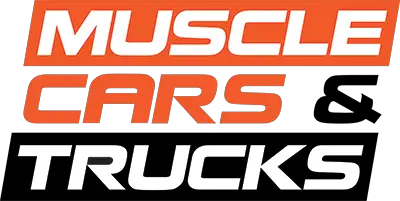The switch to electrification and fossil fuel alternatives takes time, and proper infrastructure must be implemented to ensure the cars can function as intended. If you can’t refuel or recharge, the vehicle won’t work all that well, which is why Congress agreed back in 2021 to spend $7.5 billion to build tens of thousands of electric vehicle chargers across the United States to help appease those anxious about owning an EV.
According to Politico, the program has yet to install a single charger two years later. States and the charger industry blame the delays on the labyrinth of new contracting and performance requirements that must be navigated to receive federal funds. Federal officials have authorized over $2 billion of the funds to be sent to states, but less than half have even started to take bids from contractors to build the chargers.

Naturally, this becomes a problem as having these chargers running across the country is essential for reaching President Joe Biden‘s goal of having half the vehicles sold in the United States run on electricity by the end of the decade. This endeavor is essential as one of the main reasons Americans are concerned about purchasing an EV is the lack of charging infrastructure. As it stands, the United States has around 180,000 chargers today, according to the Department of Energy. That includes 41,000 fast chargers, which can greatly reduce the amount of time it takes to charge an EV, but still much longer than a typical fuel stop.
180,000 is far from the goal of building 500,000 chargers in the United States by 2030. Administration officials insist the current pace is to be expected considering the difficulty of creating a brand-new program in every state and marshaling the private sector to meet complex reliability and performance requirements for each federally-funded station. Previous road trips via EVs have shown that not all charging stations are created equal; some are slower than others, and some might not have any power going to them. So, the goal to fix this issue with this infrastructure plan adds to the challenge.
Charger manufacturers have had to step up research and development to ensure their federally-funded chargers work 97 percent of the time. This new minimum standard is intended to alleviate the aforementioned issues EV owners have encountered. On top of that, they’ve had to invest in U.S. manufacturing facilities to meet new domestic sourcing requirements for the equipment, which has also contributed to the challenge. It’ll be interesting to see how things progress, but after two years of no progress, it’s not looking promising to reach the goal of 500,000 by 2030.





